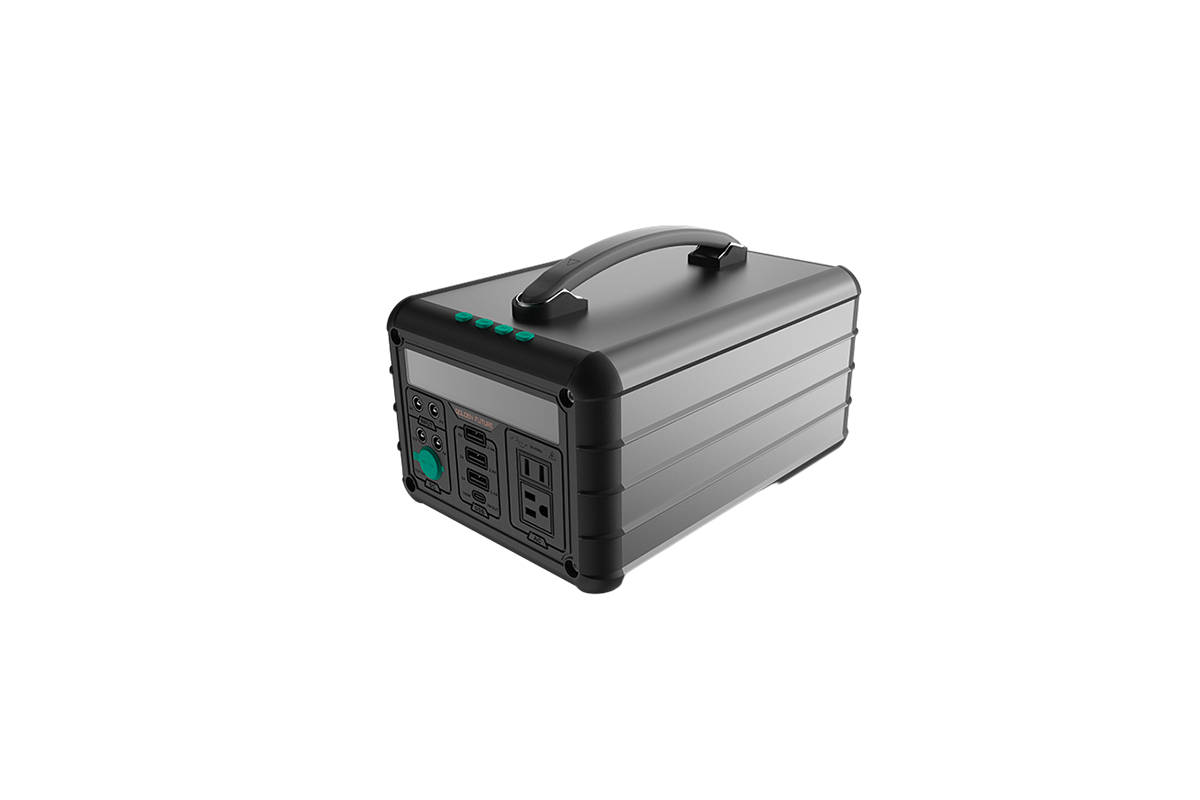

Time:2025-06-20 Views:1

Lead-acid energy storage batteries, widely used in various applications, play a significant role in the energy storage sector. However, to meet the global demand for environmental protection, energy conservation and emission reduction in lead-acid battery systems are crucial.
One of the primary approaches to energy conservation is improving the charging and discharging efficiency of lead-acid batteries. Advanced charging algorithms and control systems can optimize the charging process, reducing energy losses during charging. For example, intelligent chargers that can adjust the charging current and voltage according to the battery's state of charge can prevent overcharging and undercharging, which are common causes of energy waste. Moreover, regenerative braking technology can be applied in scenarios where lead-acid batteries are used for powering vehicles or mobile devices. This technology recovers the kinetic energy during braking and converts it into electrical energy to recharge the battery, effectively saving energy.
In terms of emission reduction, the focus lies on minimizing the environmental impact during the battery's lifecycle. The production process of lead-acid batteries involves the use of lead and sulfuric acid, which can pose risks if not properly managed. By adopting cleaner production technologies, such as closed-loop production systems, the leakage of harmful substances can be significantly reduced. Additionally, during the battery's operation, the release of greenhouse gases can be curbed through efficient energy utilization. When the battery reaches the end of its life, proper recycling is essential. Advanced recycling techniques can recover valuable materials like lead and plastic, reducing the need for raw material extraction and minimizing environmental pollution caused by improper disposal.
Read recommendations: